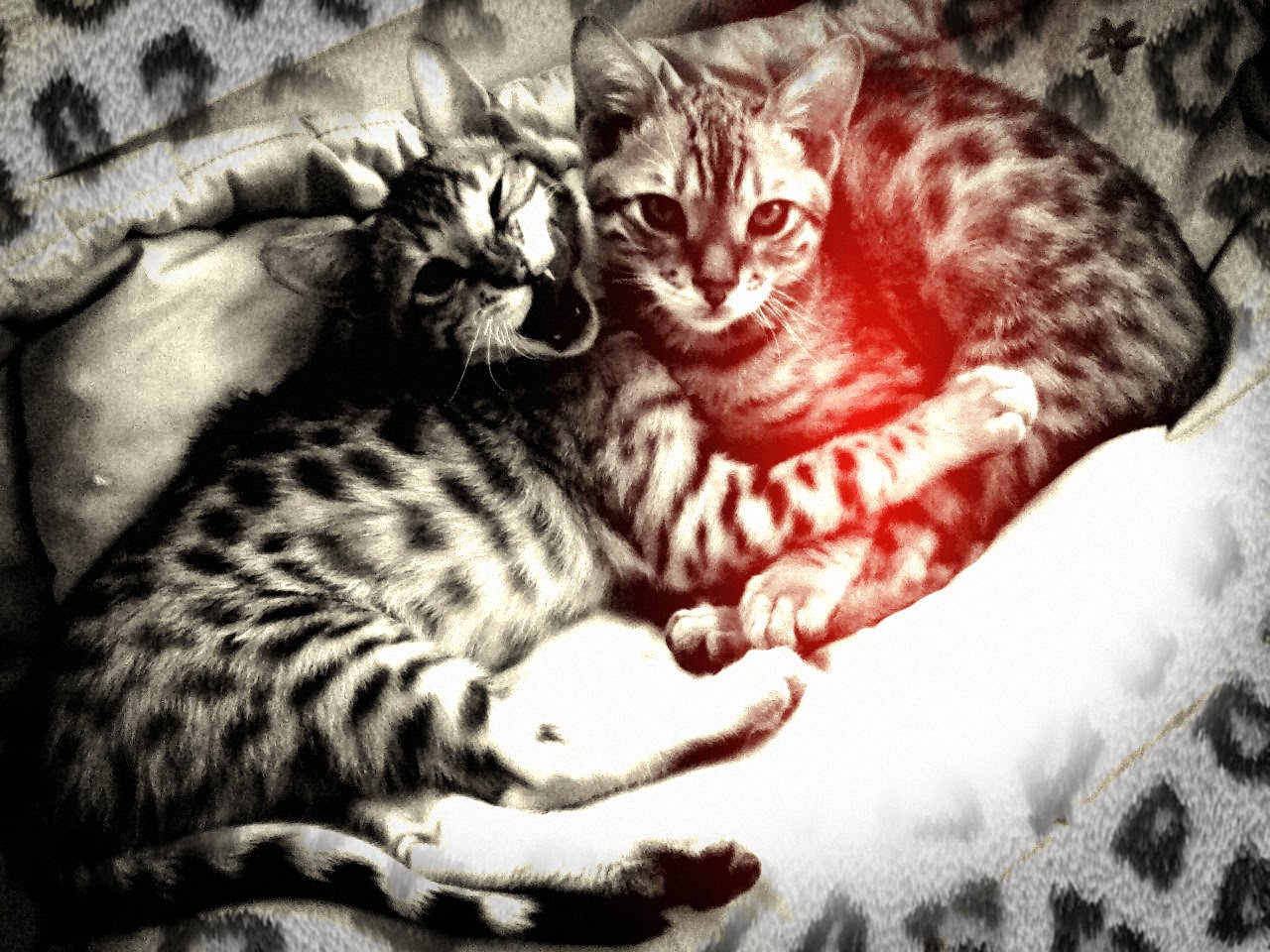 All cat owners grieve the deaths of their cats. At least all of the owners I know. I have never asked why but I've wondered why people grieve in different ways and for different lengths of time. I may be wrong in my assumption that all cat owners grieve at all. I've also wondered why we grieve our cats and our humans differently.
All cat owners grieve the deaths of their cats. At least all of the owners I know. I have never asked why but I've wondered why people grieve in different ways and for different lengths of time. I may be wrong in my assumption that all cat owners grieve at all. I've also wondered why we grieve our cats and our humans differently.This was on my mind because I was updating some writing samples and came across something I wrote in 2008. I had lost two cats in two days. One died of Feline Infectious Peritonitis and another died of Cardiomyopathy. I was not prepared for either death. I did not know that one cat was sick. I knew that the other cat was sick but just for just several days. Mariah had to be put to sleep. Shelby died instantly of heart failure.
Their sudden absence was more than I could comprehend. This is what I wrote at the time. I felt like sharing it today. I have more questions about grief, one is about why we might grieve our cats in a different way than we do our humans. I might write about the questions, I might not. I do not want to think about it too much but I think that when insight into something I fear comes to me, I better express it. I mention a third cat named Seamus. He was a cat that was my good-natured soul mate. At that time I'd had him for 12 years.
I still feel Mariah's spirit with me. She was that special cat just for me that set off a whole series of events. I feel Shelby too. She was so quiet and sweet. I keep seeing her in my peripheral vision. She was so much a part of the house. I keep stepping over her in the dark even though she isn't there.
I am not that strong but I am trying to be strong. I cry at specific times: When I'm in the shower and when I get into bed. Mariah used to sit behind the shower curtain and poke me while I took a shower. Every once in a while she would slide right into the tub and get soaked. So I always think of her in there.
She also loved to sleep with me. She always wanted to be tucked under my chin and she'd knead my neck. Seamus would try to curl up with me and Mariah would head butt him right out of the way every time. And if Seamus got there before she did, Mariah would sink her little teeth in Seamus' rear end or his neck until he gave up and went away!
Shelby would join us in the morning. She would quietly curl up at about my waist and let out little squeaks when I would scratch her back. She would roar like a cougar at Seamus though. They were territorial about me and the kitten. So I cry in the shower and in my bed. But I must bathe and sleep. And for now, cry...sometimes. I don't want to sleep. But I am so tired.This didn't make me cry today. I just remembered it. So at some point in the last 5 years I stopped actively grieving for my cats. I have heard that we grieve our pets more than our humans because our pets are actually closer to us. Our cats love us unconditionally. But I still cry for my mother and sister and I think of them every day. I lost my mother and sister in 1995 and 1997. We loved each other like humans love each other, sometimes it hurts.
When we lose humans we love, it hurts forever.




